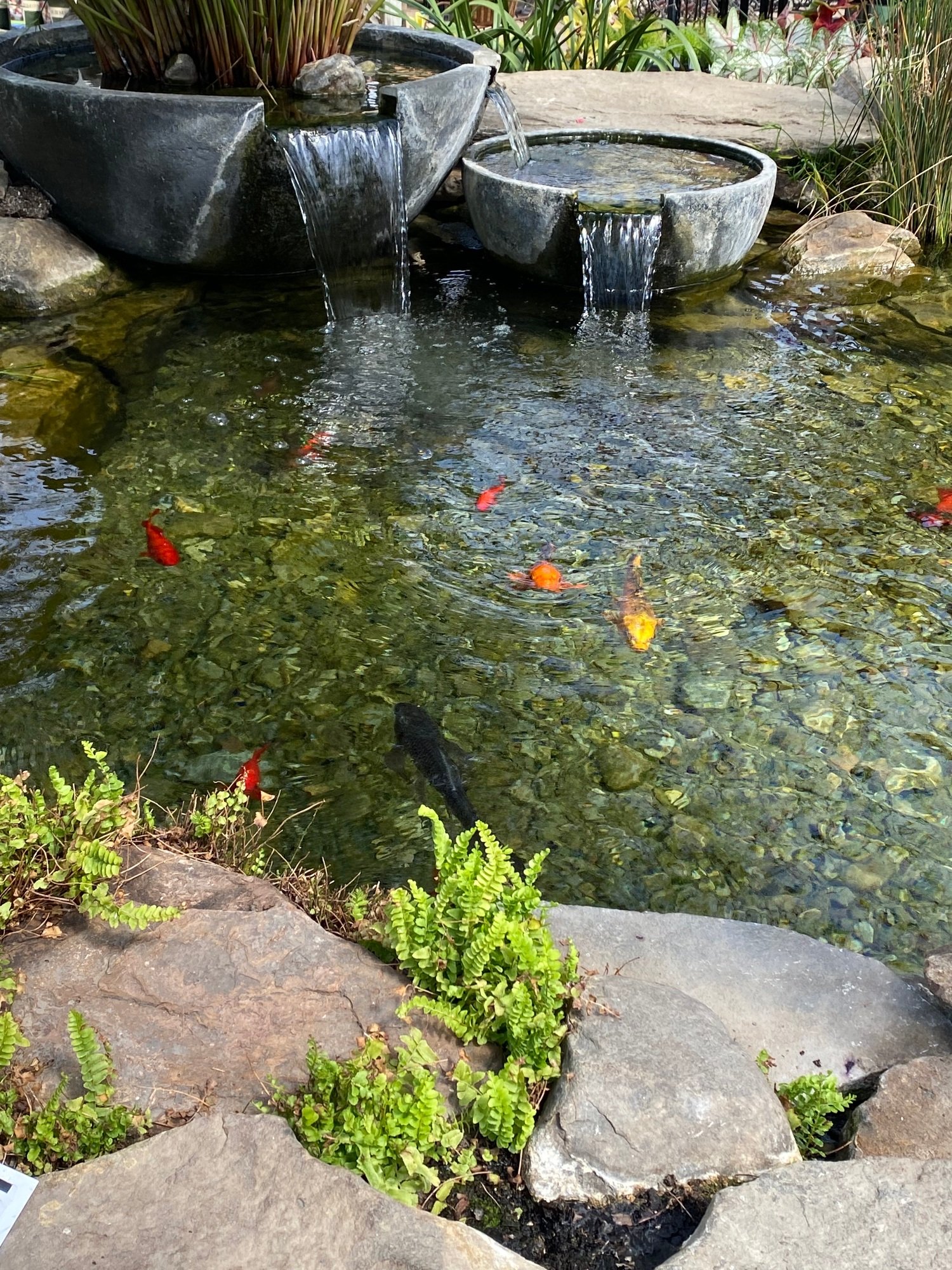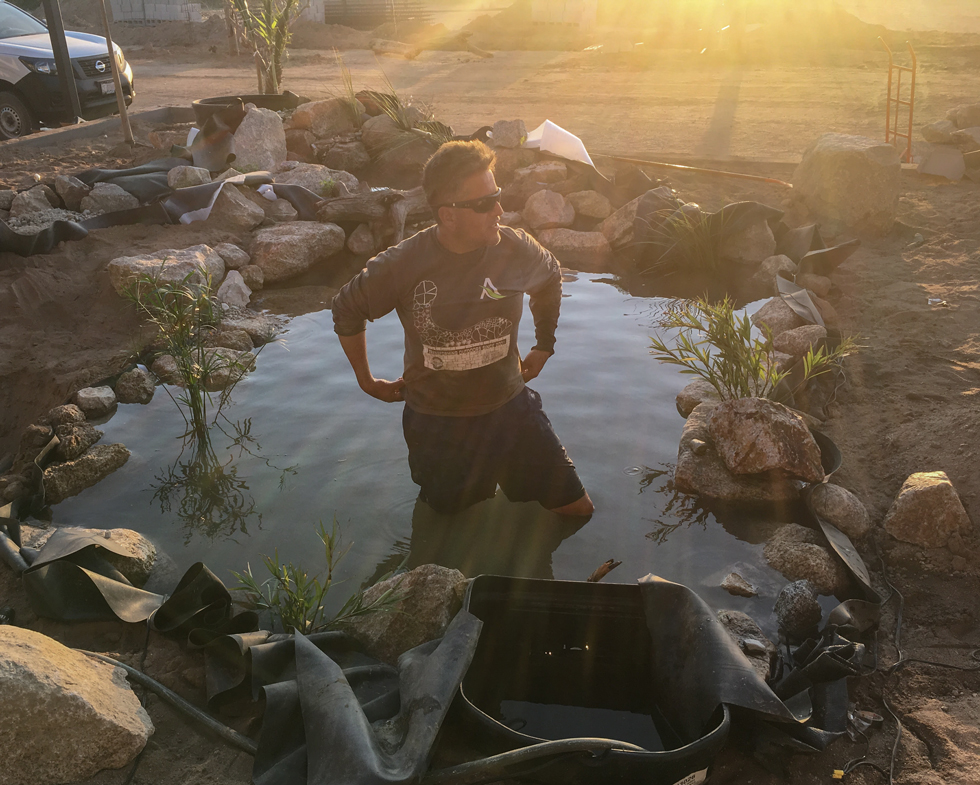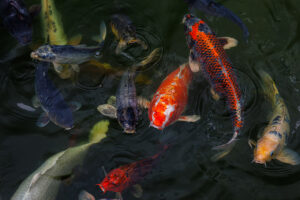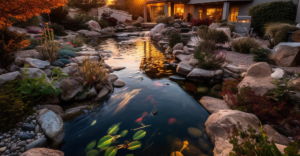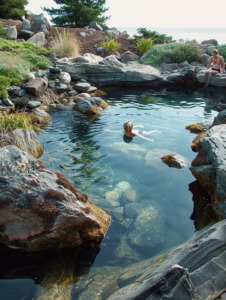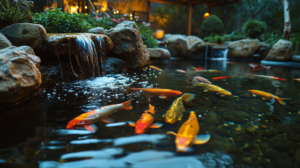The Truth About Backyard Ponds: Clearing Up Common Myths
If you’re researching how to build or maintain a koi pond or backyard water feature, you’ve probably seen conflicting opinions online. One recent article tried to “debunk” pond products and designs—but instead spread more confusion.
As a company that specializes in koi ponds, pondless waterfalls, and ecosystem water features throughout the Bay Area, we hear this kind of misinformation a lot. So let’s go over some common myths and share what really works.
1.
Are Beneficial Bacteria Products a Scam?
Short answer: No.
Many pond owners use bottled or dry bacteria products to support the biological balance in their ponds. While not all brands are created equal, some are very effective.
✅ Good bacteria products help with:
- Breaking down fish waste
- Reducing sludge and organic buildup
- Supporting crystal-clear water
These products often use freeze-dried or spore forms of bacteria that activate once added to water. Are some products just marketing fluff? Yes. But dismissing all pond bacteria treatments is a misunderstanding of how natural filtration works.
2.
Did Aquascape “Engineer Failure” Into Ponds?
No. Greg Wittstock and Aquascape popularized a pond design based on how real ecosystems work. The system uses:
- Gravel bottoms
- Natural filtration with plants
- Water movement and oxygenation
- Fish and other wildlife
Thousands of homeowners and Certified Aquascape Contractors (CACs) have installed these ponds with excellent long-term results—including large koi and even turtles.
3.
Are Gravel-Bottom Ponds Just Septic Tanks?
This is one of the most common myths.
Gravel-bottom ponds:
- Support aerobic bacteria that break down waste
- Provide surface area for microbe colonies
- Mimic natural lake and streambeds, which also have gravel and rocks
What fails is not the gravel—it’s poor design, poor circulation, or too many fish (or ducks) in a small space.
4.
Do Ducks Ruin Ecosystem Ponds?
Ducks produce a lot of waste, and they’re not the ideal animal for small backyard ponds. But that doesn’t mean an Aquascape pond “fails” if it can’t keep up with 10 ducks.
If you want a duck pond, we recommend a custom design with extra filtration and easy clean-out zones. Every animal load needs the right system.
5.
Does Barley Straw Just Rot in the Pond?
Used properly, barley straw can help reduce string algae by releasing humic acids as it breaks down. It doesn’t “rot” if your pond is well-oxygenated and circulating. It’s not a miracle cure—but it’s a tool that works in the right setup.
6.
Should Rocks and Gravel Be Avoided in Ponds?
This myth ignores nature. Most healthy lakes, rivers, and streams have gravel and rocks. These materials:
- Anchor plants
- Create homes for beneficial bacteria
- Help balance oxygen levels and nutrients
Aquascape ecosystem ponds use this natural setup—plus circulation and filtration zones—to maintain healthy water and support koi, plants, and frogs.
7.
Comparing Pond Filtration Systems
Every system has pros and cons:
| Gravel Ecosystem Pond | External Filter System |
| Lower maintenance | Requires frequent cleaning |
| Mimics natural habitats | More mechanical control |
| Better aesthetics | More visible plumbing |
Both work—if sized and maintained properly.
Final Thoughts: Do Your Research and Ask Experts
Blanket statements like “all bacteria products are scams” or “gravel ponds don’t work” ignore years of science and thousands of working pond installations.
We’ve installed ecosystem koi ponds, pondless waterfalls, and wetlands all across the Bay Area—and we stand behind the system when it’s designed for your needs.
If you want help designing a pond that looks natural and functions properly, reach out to us at Aquascape Creations.

